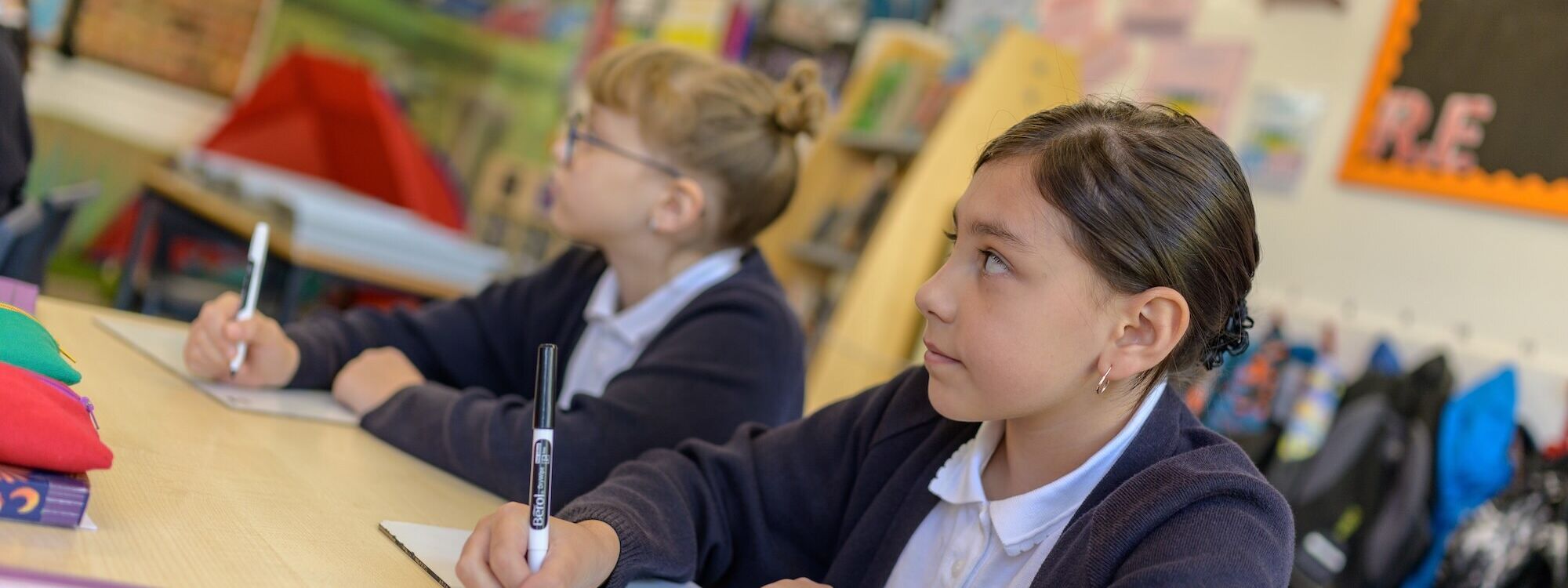History
We have designed a curriculum that engages children in investigating questions about people and events in the past in order to enable them to better understand their lives today and for a future as more informed and enlightened citizens.
 Hi, I’m Mr Hudson and I’m the History Subject Leader at St Leonard’s. As a passionate historian, I have thoroughly enjoyed designing a curriculum that allows our children to build knowledge and skills over time, studying the key historic periods in British History and a range of significant historical events from across the globe.
Hi, I’m Mr Hudson and I’m the History Subject Leader at St Leonard’s. As a passionate historian, I have thoroughly enjoyed designing a curriculum that allows our children to build knowledge and skills over time, studying the key historic periods in British History and a range of significant historical events from across the globe.
I’ve also loved seeing the children make the most of their new schema – using these to help talk about all they’ve learnt. Some children in my class even turned this into a song and dance they performed in assembly!
What does this look like across the school?
In the Foundation Stage, our children are exposed to and explore a carefully selected number of historical concepts and key vocabulary. This knowledge is key to accessing the Key Stage 1 curriculum and allows our children to make rapid progress in Year 1.
We adopt an enquiry focused approach to learning and teaching in history which develops our pupils as young historians. Through enquiry our pupils not only build subject knowledge and understanding but become increasingly adept at critical thinking, the use of specialised vocabulary and their grasp of subject concepts. We structure learning in history through big question led enquiries about relevant historical topics, places and themes. Our curriculum is therefore ‘knowledge rich’ rather than content heavy as we recognise that if we attempt to teach historical topics, places, themes and issues in their entirety we restrict opportunities for pupils to master and apply critical thinking skills and achieve more challenging subject outcomes.
We adopt a policy of immersive learning in history that provides sufficient time and space for our pupils not only to acquire new knowledge and subject vocabulary but also to develop subject concepts and understand the significance of what they have learned. Our learning and teaching in history is interactive and practical allowing opportunities for pupils to work independently, in pairs and also in groups of various sizes both inside and outside of the classroom. Wherever possible we provide our pupils with contemporaneous historical evidence including narratives, paintings, photographs, artefacts, and data in the form of censuses and films to analyse and from which to reach conclusions and make judgements. Similarly we provide varied and differentiated ways for pupils to record the outcomes of their work including the use of PowerPoint, concept mapping, annotated diagrams, improvised drama and the application of a wide range of writing genres. Only in this way will knowledge become embedded and ‘sticky’ and ensure that our pupils can build on what they know and understand from one year to the next.
The schemes of work for each historical enquiry highlight both the objectives and anticipated outcomes of the investigation. They are also carefully structured through the use of ancillary questions, to enable pupils to build their knowledge and understanding in incremental steps of increasing complexity until they reach the point where they are able to answer the question posed at the beginning of the investigation. Our learning and teaching in history also recognises the importance of the local area with a number of our investigations involving observation, recording, presentation, interpretation and the evaluation of historical information outside of the classroom e.g. significant people, places and events locally.
| Subject Documents |
|---|
| History Progression Map final copy |
